by Caitlin Walker & Julia López-Robertson, The University of South Carolina
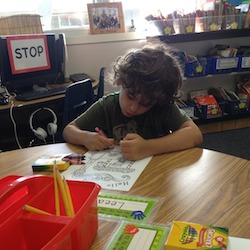 This past summer I taught EDRD 797: Assessment for English Language Learners; our class met Monday through Thursday for three hours during the month of June. Naturally we spent time discussing assessment, testing, the Common Core and all things related — however our richest discussions centered on the young adult novels we read and the connections that my students made between the novels and the professional literature. I infuse young adult literature in all my courses as a means to provide my students with some insight into the lives of the children and families that they may be serving in their schools. Continue reading
This past summer I taught EDRD 797: Assessment for English Language Learners; our class met Monday through Thursday for three hours during the month of June. Naturally we spent time discussing assessment, testing, the Common Core and all things related — however our richest discussions centered on the young adult novels we read and the connections that my students made between the novels and the professional literature. I infuse young adult literature in all my courses as a means to provide my students with some insight into the lives of the children and families that they may be serving in their schools. Continue reading


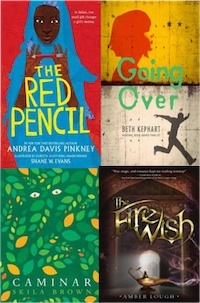
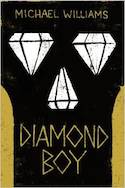 The first book that had an impact on the discussion of diaspora was Diamond Boy by Michael Williams. This story is about Patson Moyo a 15-year-old living with his father, stepmother and sister in Zimbabwe. His father is a schoolteacher who believes in his profession with all his heart but the stepmother wants more financially. The search for ‘more’ takes them to the Marange diamond fields; a portion of which belongs to the stepmother’s brother.Here the family divides as the stepmother opts to stay with her brother’s large family of two wives and children while Patson and his father and sister are driven to live in tobacco sheds while they search for their fortune in a ‘girazi’ (a priceless stone) that would change their lives forever.
The first book that had an impact on the discussion of diaspora was Diamond Boy by Michael Williams. This story is about Patson Moyo a 15-year-old living with his father, stepmother and sister in Zimbabwe. His father is a schoolteacher who believes in his profession with all his heart but the stepmother wants more financially. The search for ‘more’ takes them to the Marange diamond fields; a portion of which belongs to the stepmother’s brother.Here the family divides as the stepmother opts to stay with her brother’s large family of two wives and children while Patson and his father and sister are driven to live in tobacco sheds while they search for their fortune in a ‘girazi’ (a priceless stone) that would change their lives forever. 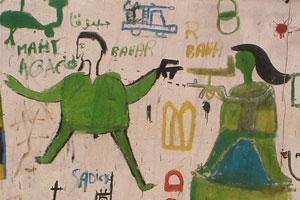
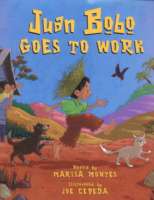 The stories of Juan Bobo have a long history in the oral tradition of Puerto Rico. Similar to the English folklore character Lazy or Foolish Jack, Juan Bobo, or “Simple John,” bumbles through life from misunderstanding to misunderstanding. Sometimes he’s a trickster, sometimes a town fool, but all the time, Juan Bobo is good for a laugh. This character has starred in many books, is featured in school curricula, newspaper serials, puppet plays, and even an animated cartoon.
The stories of Juan Bobo have a long history in the oral tradition of Puerto Rico. Similar to the English folklore character Lazy or Foolish Jack, Juan Bobo, or “Simple John,” bumbles through life from misunderstanding to misunderstanding. Sometimes he’s a trickster, sometimes a town fool, but all the time, Juan Bobo is good for a laugh. This character has starred in many books, is featured in school curricula, newspaper serials, puppet plays, and even an animated cartoon. 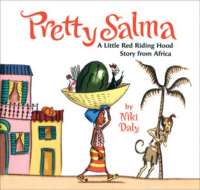 In 2008, the United States Board on Books for Young People (USBBY) selected Pretty Salma: An African Little Red Riding Hood Story for inclusion on the
In 2008, the United States Board on Books for Young People (USBBY) selected Pretty Salma: An African Little Red Riding Hood Story for inclusion on the 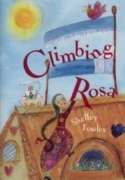 As Rachel Young, former Art of Storytelling student learned, Hungarian folktales often begin with these lines: “Once there was, or once there wasn’t…” This introduction could easily be applied to a retelling of Climbing Rosa. Retold by Shelley Fowles, this story is about a girl who is an expert at climbing because she is forced by her stepmother and stepsister to sleep on the roof of their house. This skill gives her an advantage when the king has had enough of his son’s reading, reading, reading and holds a contest in which the prize is none other than the prince himself.
As Rachel Young, former Art of Storytelling student learned, Hungarian folktales often begin with these lines: “Once there was, or once there wasn’t…” This introduction could easily be applied to a retelling of Climbing Rosa. Retold by Shelley Fowles, this story is about a girl who is an expert at climbing because she is forced by her stepmother and stepsister to sleep on the roof of their house. This skill gives her an advantage when the king has had enough of his son’s reading, reading, reading and holds a contest in which the prize is none other than the prince himself. 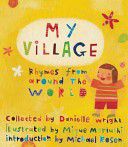 In addition to informational books and Web sites, school and public librarians and classroom teachers who are looking to provide children with global perspectives often turn to traditional literature. The fairy and folktales, myths, and fables of a people provide “insights into the underlying values and beliefs of particular cultural groups” (Short, Lynch-Brown, and Tomlinson 108). These stories that have their origin in the oral tradition carry cultural markers that offer readers and story listeners opportunities to learn about and compare other worldviews to their own.
In addition to informational books and Web sites, school and public librarians and classroom teachers who are looking to provide children with global perspectives often turn to traditional literature. The fairy and folktales, myths, and fables of a people provide “insights into the underlying values and beliefs of particular cultural groups” (Short, Lynch-Brown, and Tomlinson 108). These stories that have their origin in the oral tradition carry cultural markers that offer readers and story listeners opportunities to learn about and compare other worldviews to their own. 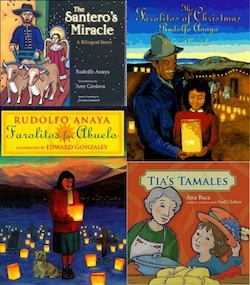
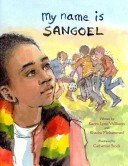 This month we’ve been looking closely at how the art and written text in picturebooks work together to convey meaning and exploring how to help children experience the full richness in picturebooks by reading both. This week we’ll examine how Jenna Loomis read
This month we’ve been looking closely at how the art and written text in picturebooks work together to convey meaning and exploring how to help children experience the full richness in picturebooks by reading both. This week we’ll examine how Jenna Loomis read